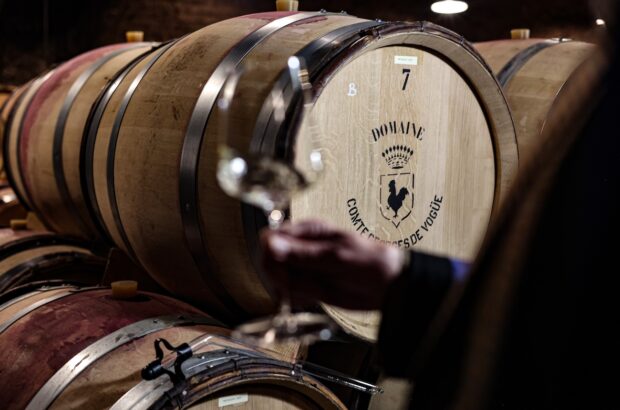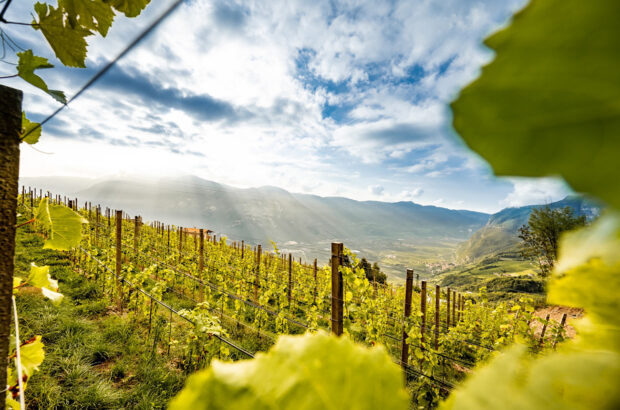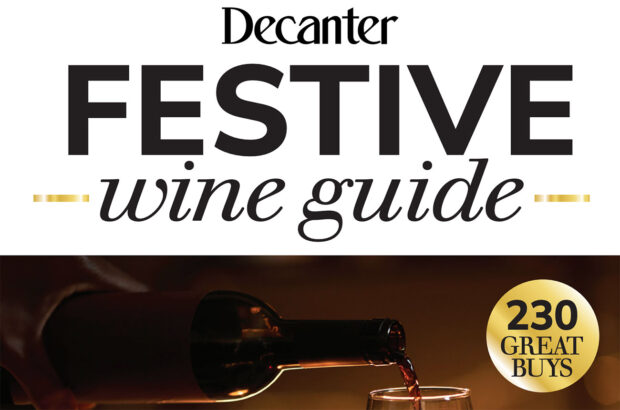Why it makes the wine hall of fame...
Wine Legend: Château Pétrus, Pomerol, Bordeaux 1945
Bottles produced 16,500
Composition 100% Merlot
Yield 30 hl/ha
Alcohol N/A
Release price N/A
Price today £8,250 at Bordeaux Index
A legend because…
This was one of the great vintages of the 20th century, surpassing, in the view of many experts, the equally celebrated 1961. There is an additional poignancy linked to the 1945 vintage, since it had to be produced so soon after the end of the Second World War, and many conscripted vineyard and winery workers would have died in battle. Nor would it have been possible to purchase new barrels and other equipment so soon after the cessation of hostilities. Nonetheless, all the first growths made superlative wines, and Pétrus, from the Right Bank, was their equal.
Looking back
From the mid-1920s, Mme Edmond Loubat had been buying up parcels of Pétrus, an estate in existence since the 1830s, and by 1945 she was the sole owner. She knew perfectly well the quality of the terroir and of the wines, and demanded high prices.
The Moueix family of Libourne has long been associated with the property, though it was only in 1943 that Jean-Pierre Moueix was appointed a non-exclusive distributor for its wines. By 1947 he was the sole purchaser, a position his son Jean-Francois has inherited.
Although regarded as the finest wine of Pomerol, prices for Pétrus in 1945 were less than half those demanded for the first growths of the Médoc. But by the mid-1950s they were neck and neck, an acknowledgement of the estate’s reputation and consistency.
The vintage
A severe frost on 2 May did extensive damage and reduced the crop to very low levels. However, the summer that followed was superb, with hot, dry weather that allowed the harvest to take place early and in ideal conditions. The grapes were exceptionally ripe, and some batches apparently reached an alcohol level of 15%, but would have been blended with less overwhelming lots. However, overall quantities were considerably reduced, and this was the smallest vintage since 1915. While the vintage was widely hailed as great in the Médoc, it was also of the highest quality in distant Pomerol.
The terroir
Pomerol has varied terroir of fluctuating quality, but all agree that the finest soils lie on the plateau that roughly surrounds the church. Château Pétrus certainly lies within this magic circle, but its soil is atypical: it is composed of a ‘buttonhole’ of rich, blueish clay that lies over a gravel subsoil which, in turn, rests on iron-rich clinker. This soil, being mostly clay, retains moisture, which helps to minimise stress in hot, dry years, but the gentle slope of the plateau also ensures the vines are well drained. Just a single hectare out of its 12 hectares of vines (there were only 6.5ha in 1945) is planted on gravelly soil. The dense clay soils give wines of power rather than finesse, though in great years Pétrus manages to combine the two.
The wine
For many years Pétrus has been fermented in concrete vats, but these were installed long after this vintage. The 1945 was destemmed - which is not always the case here - and then fermented in large wooden vats. Ageing of the 1945 vintage took place for 22 months in older barrels – no new oak being available at the time.
The reaction
Michael Broadbent found the wine disappointing in the 1970s but then changed his mind in the 1980s: ‘Hugely impressive, with a lively depth of colour, a bouquet that opens up gloriously… and, for a big wine, elegant.’ Also in the 1980s, David Peppercorn found the wine ‘still deep in colour, rich and powerful but with some volatility, and less complex than the marvellous 1947’. At a Paris tasting of 23 vintages in 1987, the 1945 came in 17th, although Edmund Penning-Rowsell rated it more highly.
In 2002, a group of Barclays bankers made the headlines for spending £44,000 on wine at London’s Pétrus restaurant, including £11,600 on a bottle of the 1945 vintage; it is not known how they rated it.
More Wine Legends:

Wine Legend: Wynns, John Riddoch Cabernet 1982

Wine Legend: JL Chave, Cathelin, Ermitage 1990
For decades Gérard Chave has been regarded as the supreme exponent of the wines of Hermitage...

Wine Legend: Isole e Olena, Cepparello 1982
What makes it a legend...

Wine legend: Pingus 1995
Why it makes the Decanter hall of fame...

Wine Legend: Krug 1928
Why it makes the Decanter hall of fame...

Wine Legend: Château Palmer 1961
Why it makes the Decanter hall of fame...

Wine Legend: Gaja, Barbaresco 2001
Why it makes the Decanter hall of fame...

Wine Legend: Château Montrose 1990
What makes Château Montrose 1990 a worthy wine legend...

Wine Legend: Dom Pérignon 1975
What makes Dom Pérignon 1975 a wine legend...?

Wine Legend: Meerlust, Rubicon 1995
This ancient property was one of the first in South Africa to offer a high-quality Bordeaux-style blend







